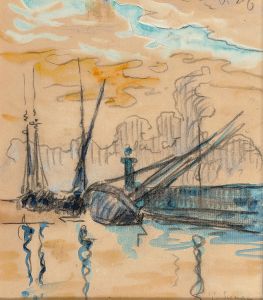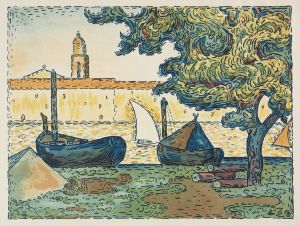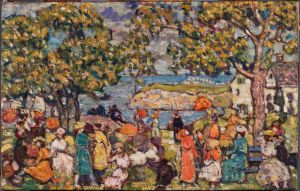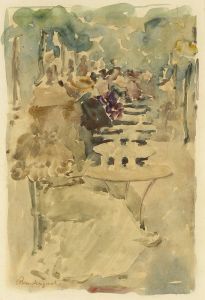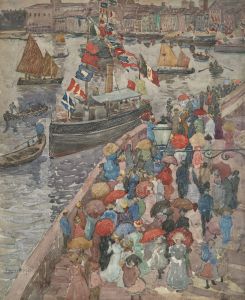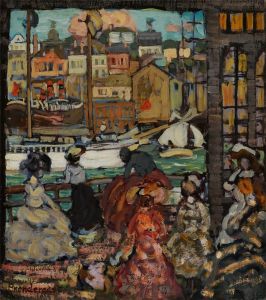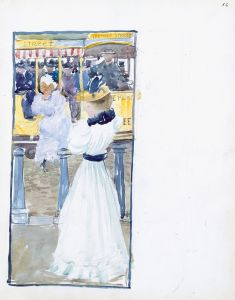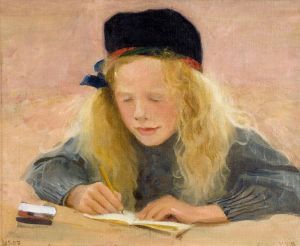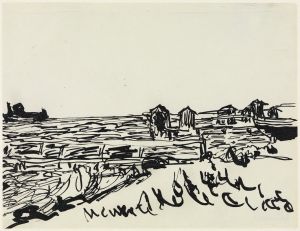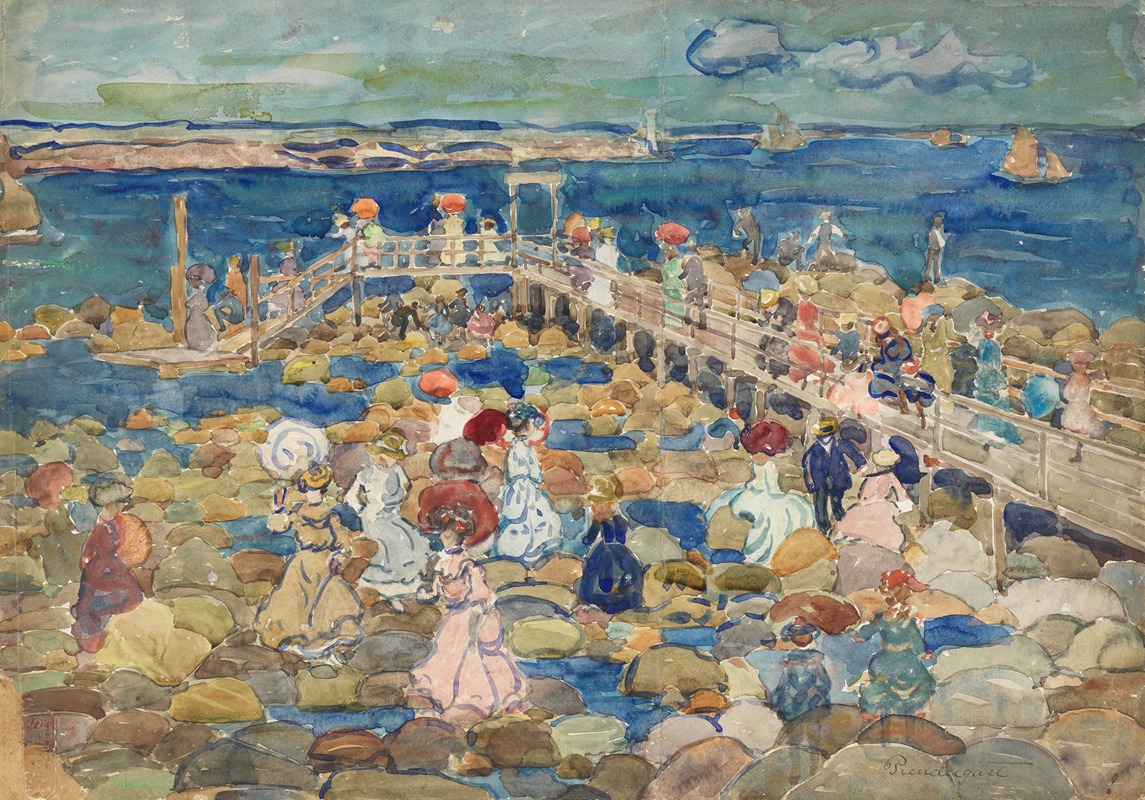
Low Tide, Beachmont
A hand-painted replica of Maurice Prendergast’s masterpiece Low Tide, Beachmont, meticulously crafted by professional artists to capture the true essence of the original. Each piece is created with museum-quality canvas and rare mineral pigments, carefully painted by experienced artists with delicate brushstrokes and rich, layered colors to perfectly recreate the texture of the original artwork. Unlike machine-printed reproductions, this hand-painted version brings the painting to life, infused with the artist’s emotions and skill in every stroke. Whether for personal collection or home decoration, it instantly elevates the artistic atmosphere of any space.
"Low Tide, Beachmont" is a painting by the American artist Maurice Prendergast, known for his distinctive style that blends elements of Post-Impressionism with a unique decorative approach. Prendergast was a member of the group known as "The Eight," which was a collective of American painters who exhibited together in 1908, challenging the academic standards of the time. His work is celebrated for its vibrant color palette and rhythmic compositions, often depicting leisurely scenes of people in parks, beaches, and other public spaces.
Maurice Prendergast was born in St. John's, Newfoundland, in 1858, and later moved to Boston, Massachusetts, where he developed his artistic career. He studied in Paris from 1891 to 1894, where he was influenced by the Post-Impressionists, particularly the works of Paul Cézanne and Georges Seurat. This influence is evident in his use of color and form, which became hallmarks of his style.
"Low Tide, Beachmont" exemplifies Prendergast's fascination with beach scenes and the interplay of figures within a landscape. The painting captures a moment at Beachmont, a coastal area near Revere, Massachusetts, known for its scenic views and recreational opportunities. Prendergast's depiction of this locale reflects his interest in capturing the essence of leisure and the natural beauty of the seaside.
The composition of "Low Tide, Beachmont" is characterized by its vibrant colors and dynamic arrangement of figures. Prendergast often employed a mosaic-like technique, using small, distinct brushstrokes to build up the surface of the painting. This method creates a sense of movement and liveliness, drawing the viewer's eye across the canvas. The figures in the painting are depicted in a stylized manner, with simplified forms and a focus on the overall harmony of the composition rather than individual details.
Prendergast's work is notable for its decorative quality, which sets it apart from the more realistic approaches of his contemporaries. His paintings often resemble tapestries or stained glass, with an emphasis on pattern and color over realistic representation. This approach aligns with the broader Post-Impressionist movement, which sought to explore new ways of seeing and interpreting the world through art.
"Low Tide, Beachmont" is a testament to Prendergast's ability to capture the spirit of a place and the people within it. His work continues to be celebrated for its innovative use of color and form, and his contributions to American art are recognized as significant in the transition from 19th-century realism to the modernist movements of the 20th century.
Today, Maurice Prendergast's paintings, including "Low Tide, Beachmont," are held in high regard and can be found in major art museums and collections across the United States. His unique vision and artistic legacy continue to influence and inspire artists and art enthusiasts alike.





